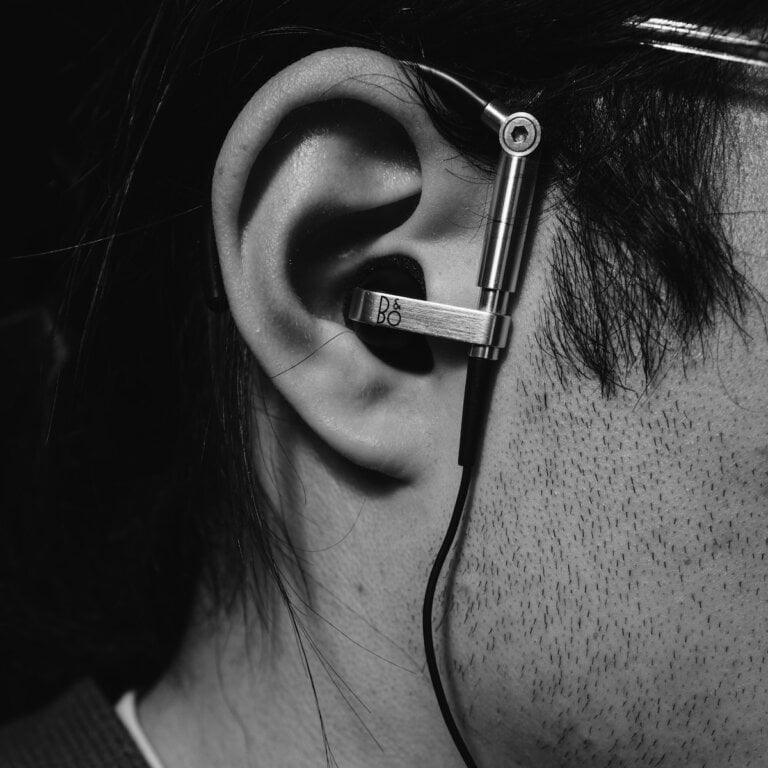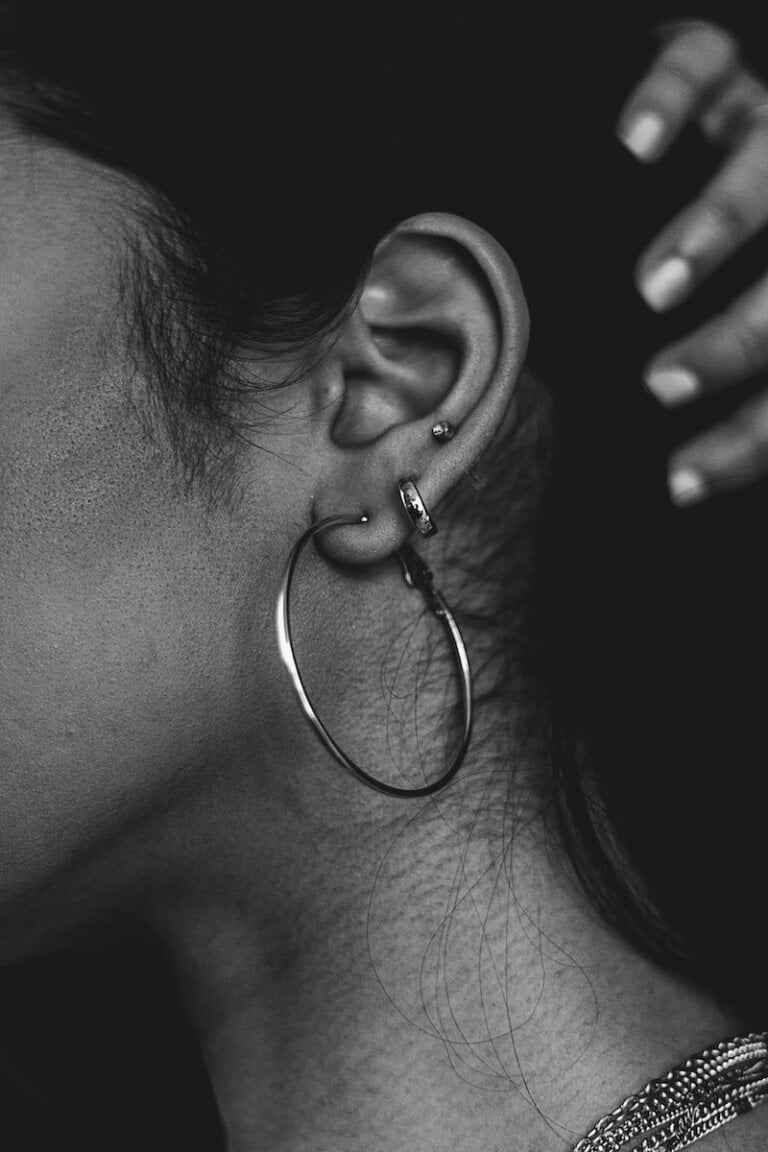Protecting Precious Hearing: Managing and Preventing Ear Infections in Children
Last Updated on 25th April 2024 by Admin
Ear infections are a common health issue among children, and they can significantly impact their hearing abilities if not managed and prevented effectively. As a parent, it is crucial to understand the causes, symptoms, and treatment options for ear infections to ensure the long-term health and well-being of your child’s hearing.
Understanding Ear Infections
Ear infections, also known as otitis media, occur when the middle ear becomes infected and inflamed. This condition is primarily seen in children due to their underdeveloped immune systems and smaller Eustachian tubes, which makes it easier for bacteria or viruses to enter and cause an infection.
Causes
There are several factors that contribute to the development of ear infections in children:
-
Bacteria and Viruses: The most common cause of ear infections is an upper respiratory infection, such as a cold or flu, which can lead to the accumulation of fluid in the middle ear. These infections create an ideal environment for bacteria to grow and cause an infection.
-
Eustachian Tube Dysfunction: The Eustachian tubes are responsible for equalizing pressure in the middle ear. If these tubes are blocked or not functioning properly, it can create an ideal environment for bacteria to multiply and cause an infection. This dysfunction can be caused by factors such as allergies, sinus infections, or even structural abnormalities.
-
Allergies: Children with allergies are more prone to ear infections as the inflammation and congestion associated with allergies can affect the Eustachian tubes. The swelling and blockage can prevent proper drainage of fluids from the middle ear, leading to an increased risk of infection.
-
Passive Smoking: Exposure to secondhand smoke increases the risk of ear infections in children due to the harmful chemicals and irritants present in the smoke. These chemicals irritate the lining of the Eustachian tubes and can impair their proper functioning, making it easier for bacteria to cause an infection.
Symptoms
Recognizing the symptoms of an ear infection is essential for early detection and prompt treatment. Common signs of an ear infection in children include:
-
Ear pain or discomfort: Children may experience pain or discomfort in one or both ears. They may also complain of a feeling of fullness or pressure in the ear.
-
Fever: A low-grade fever is often present with an ear infection. It is the body’s natural response to an infection.
-
Tugging or pulling at the ear: Children may instinctively pull or tug at their ears in an attempt to alleviate the discomfort caused by the infection.
-
Difficulty sleeping: Ear infections can cause discomfort that disrupts sleep patterns. Children may have trouble falling asleep or may wake up frequently during the night.
-
Irritability or fussiness: The pain and discomfort associated with ear infections can make children irritable and fussy. They may be more difficult to soothe or may have changes in behavior.
-
Drainage of fluid from the ear: In some cases, an ear infection may cause fluid to drain from the ear. This fluid may be clear, yellow, or bloody.
-
Trouble hearing or responding to sounds: Ear infections can affect hearing abilities, leading to temporary hearing loss or difficulty responding to sounds.
If your child exhibits any of these symptoms, it is crucial to consult with a healthcare professional for accurate diagnosis and appropriate treatment.
Managing Ear Infections
When it comes to managing ear infections in children, there are both medical and non-medical approaches that can alleviate symptoms and promote healing.
Medical Treatment
-
Antibiotics: If the ear infection is bacterial in nature, a healthcare provider may prescribe antibiotics to eliminate the infection. It is essential to complete the full course of antibiotics as prescribed, even if the symptoms improve. Antibiotics target the bacteria causing the infection, reducing inflammation and promoting healing.
-
Pain Relief: Over-the-counter pain relievers such as acetaminophen or ibuprofen can help alleviate ear pain and reduce fever. Always consult with a healthcare professional for appropriate dosage instructions based on your child’s age and weight. These medications provide temporary relief from pain and discomfort.
-
Ear Drops: In some cases, antibiotic ear drops may be prescribed to directly target the infection in the ear canal. These drops help deliver medication directly to the affected area, reducing inflammation and fighting the infection more effectively.
Non-Medical Approaches
-
Warm Compress: Applying a warm compress to the affected ear can help relieve pain and promote drainage of fluid from the middle ear. The warmth helps soothe the discomfort and encourages the natural flow of fluids, aiding in the healing process.
-
Elevated Position: Encouraging your child to sleep in an elevated position can help reduce pressure in the middle ear and alleviate discomfort. This can be achieved by using an extra pillow or elevating the head of the bed slightly.
-
Fluid Intake: Ensuring your child stays hydrated by drinking plenty of fluids can help thin mucus and promote better drainage. Adequate hydration supports the body’s immune system and helps maintain overall health.
-
Avoid Tobacco Smoke: Minimizing exposure to secondhand smoke is vital as it can further irritate the Eustachian tubes and delay the healing process. Creating a smoke-free environment for your child helps protect their respiratory health and reduces the risk of recurrent infections.
Preventing Ear Infections
While it may not be possible to prevent all ear infections, there are several measures parents can take to reduce the risk and frequency of infections in their children.
Good Hygiene Practices
-
Frequent Handwashing: Encouraging regular handwashing helps reduce the spread of bacteria and viruses that can cause upper respiratory infections leading to ear infections. Teach your child proper handwashing techniques and ensure they wash their hands before meals and after using the restroom.
-
Avoiding Sharing Utensils: Discourage your child from sharing utensils, cups, or toys that may harbor bacteria or viruses. Teach them the importance of personal hygiene and the risks associated with sharing items that can spread infections.
Minimize Allergen Exposure
-
Dust and Pet Dander: Regularly clean your home to minimize dust and pet dander, which can trigger allergies and increase the risk of ear infections. Vacuum carpets and upholstery frequently, dust surfaces, and keep pets well-groomed to reduce allergen exposure.
-
Avoid Irritants: Keep your child away from strong chemicals, fumes, and other irritants that can cause inflammation and congestion. These irritants can make the Eustachian tubes more susceptible to infection and further compromise their function.
Vaccination
-
Pneumococcal Vaccine: Ensure your child receives the pneumococcal vaccine, which protects against bacterial infections that can lead to ear infections. This vaccine is recommended by healthcare professionals and can significantly reduce the risk of certain types of ear infections.
-
Flu Vaccine: Getting an annual flu vaccine can help prevent upper respiratory infections that often contribute to ear infections. Influenza viruses can cause inflammation and congestion in the respiratory tract, increasing the likelihood of developing an ear infection.
Breastfeeding
Breastfeeding has been shown to boost the immune system and provide antibodies that can help protect infants from ear infections. If possible, try to breastfeed your child for at least the first six months. Breast milk contains antibodies and essential nutrients that support the development of a strong immune system, reducing the risk of infections.
Limit Pacifier Use
Prolonged and excessive pacifier use can contribute to the risk of ear infections. Gradually reducing and limiting pacifier use can help minimize this risk. Pacifiers can introduce bacteria into the mouth and throat, increasing the chances of infections spreading to the ears.
By implementing these preventive measures and managing ear infections promptly, you can protect your child’s precious hearing and promote their overall well-being. Remember to consult with a healthcare professional for personalized advice and guidance regarding your child’s specific condition and treatment requirements.
FAQ
Q1: What causes ear infections in children?
A1: Ear infections in children can be caused by bacteria and viruses, Eustachian tube dysfunction, allergies, and passive smoking.
Q2: What are the symptoms of an ear infection in children?
A2: Common symptoms of an ear infection in children include ear pain or discomfort, fever, tugging or pulling at the ear, difficulty sleeping, irritability or fussiness, drainage of fluid from the ear, and trouble hearing or responding to sounds.
Q3: How are ear infections in children treated medically?
A3: Ear infections in children can be treated with antibiotics to eliminate bacterial infections, over-the-counter pain relievers for pain relief, and ear drops to target the infection in the ear canal.
Q4: What are some non-medical approaches to managing ear infections in children?
A4: Non-medical approaches to managing ear infections in children include applying warm compresses to the affected ear, encouraging an elevated sleeping position, ensuring adequate fluid intake, and avoiding tobacco smoke.







